






















It’s 2025, and we are excited to uncork this edition of Stay Fresh. In this issue, we celebrate the art and adventure of wine. No strangers to sharing the stories of passion, craftsmanship, and community that shape the industry, we’re diving into the experiences of winemakers, sommeliers, and enthusiasts who are reimagining the way we pour and explore.
We begin with Dominique Williamson’s “DIY Wine Adventure” (p. 10), where she shares her personal journey into winemaking. Dominique’s passion and hands-on approach offer a unique perspective on crafting your own vintage.
In our cover story “Oenoverse: A Collaborative Approach to Virginia Wine” (p. 28), we explore the innovative partnerships shaping Virginia’s
wine scene. This piece takes an in depth look at the collaborative spirit driving the region’s flourishing reputation for exceptional wines.
As you dive into this issue please note that we are always looking to feature the voices and perspectives that are shaping the narratives on all things culture and sustainability. Stay Fresh wants to hear from you! If you are interested in writing for us, please send all submission inquiries to info@ vinegarhillmagazine.com.
Warmly,
Sonia Montalvo Editor-in-Chief, Vinegar Hill Magazine



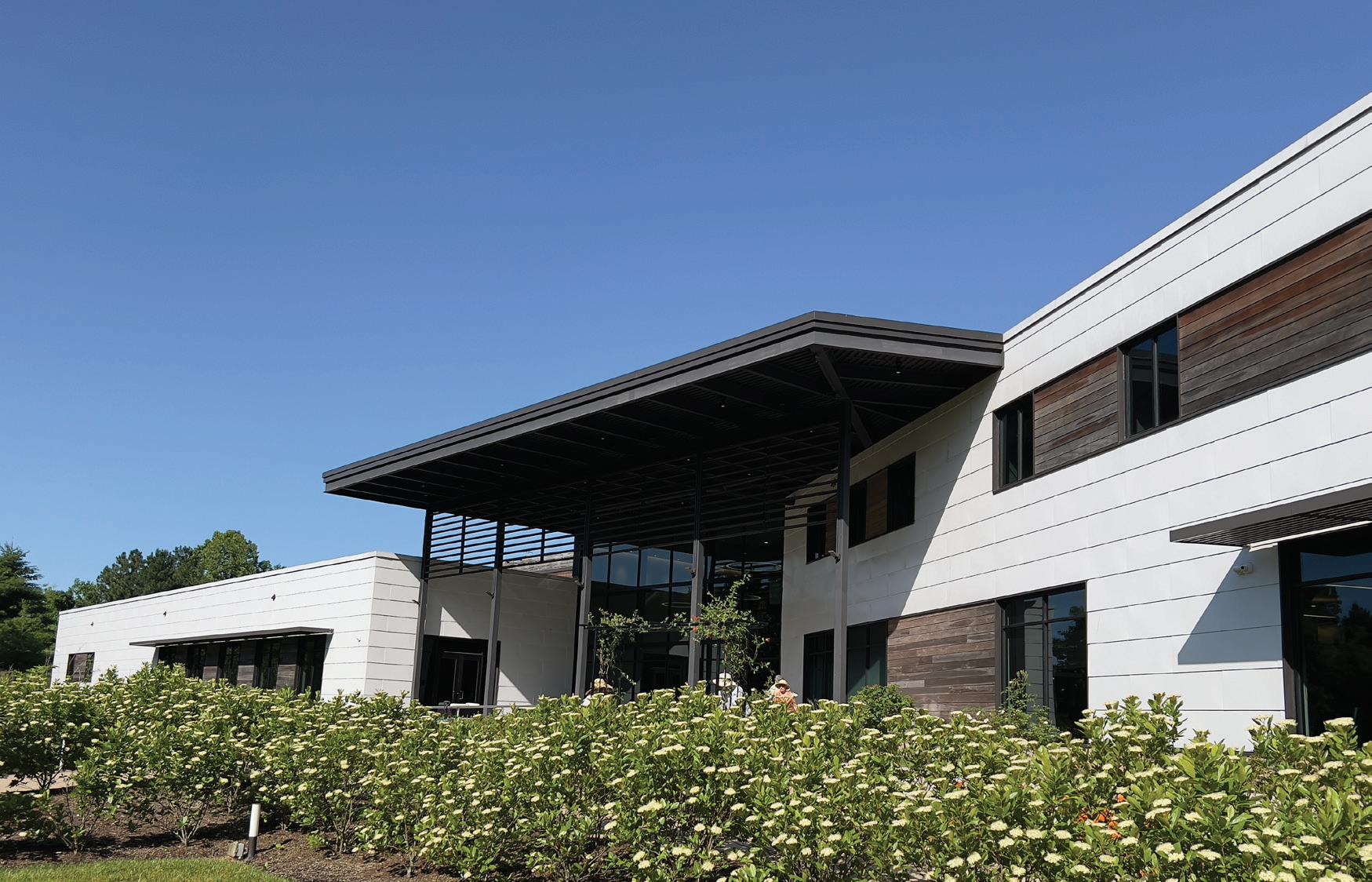

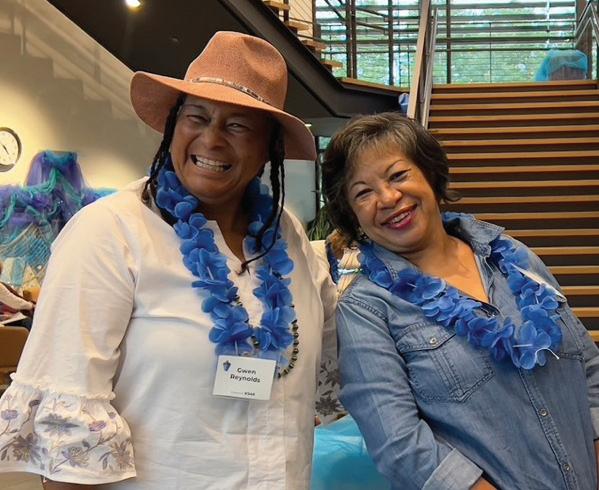
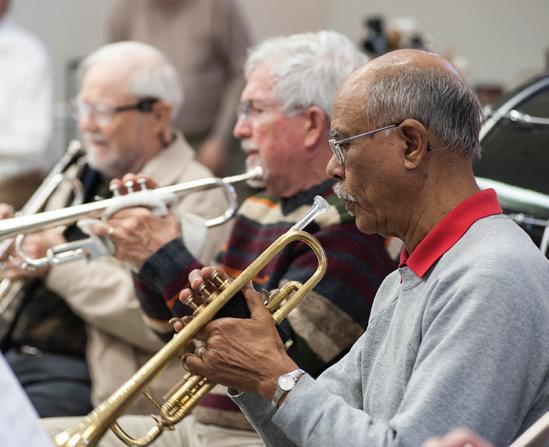
by Katrina L. Spencer
For 1,000 points and to win the game, select the wine below that Dominique Williamson makes at home in Dallas, Texas:
a. sweet potato wine
b. tomato wine
c. banana wine
d. blueberry cheesecake wine
Trick question. The correct answer is E, all of the above.
Williamson, a 26-year-old entrepreneur and author, is bold, creative and unconventional in her approach to wine making -and her bravery is paying off. Her

innovative experimentation has led to her wines to be awarded multiple medals across state lines. While the competitions she has entered are rigorous, with her wines being scored for appearance, aroma, taste, texture, aftertaste and overall quality, this novice has succeeded. It all started as a hobby a short time ago, and her journey is really just getting started.
“I’m here to disrupt the wine industry,” Williamson said.
She recognizes that despite a long tradition of winemaking in Black Southern communities, today, in
many wine making spaces, she is not only the youngest person, often, and almost by default, she is the only Black person.
“We belong in these rooms,” Williamson said.
Enslaved Black Americans, she tells me, used fruit scraps discarded by their enslavers to develop wine, and “hooch” or “pruno,” an alcoholic beverage made in prisons, carries its own history. See, for example, death row inmate Jarvis Jay Masters’s poetic recipe for pruno published by Pen America.
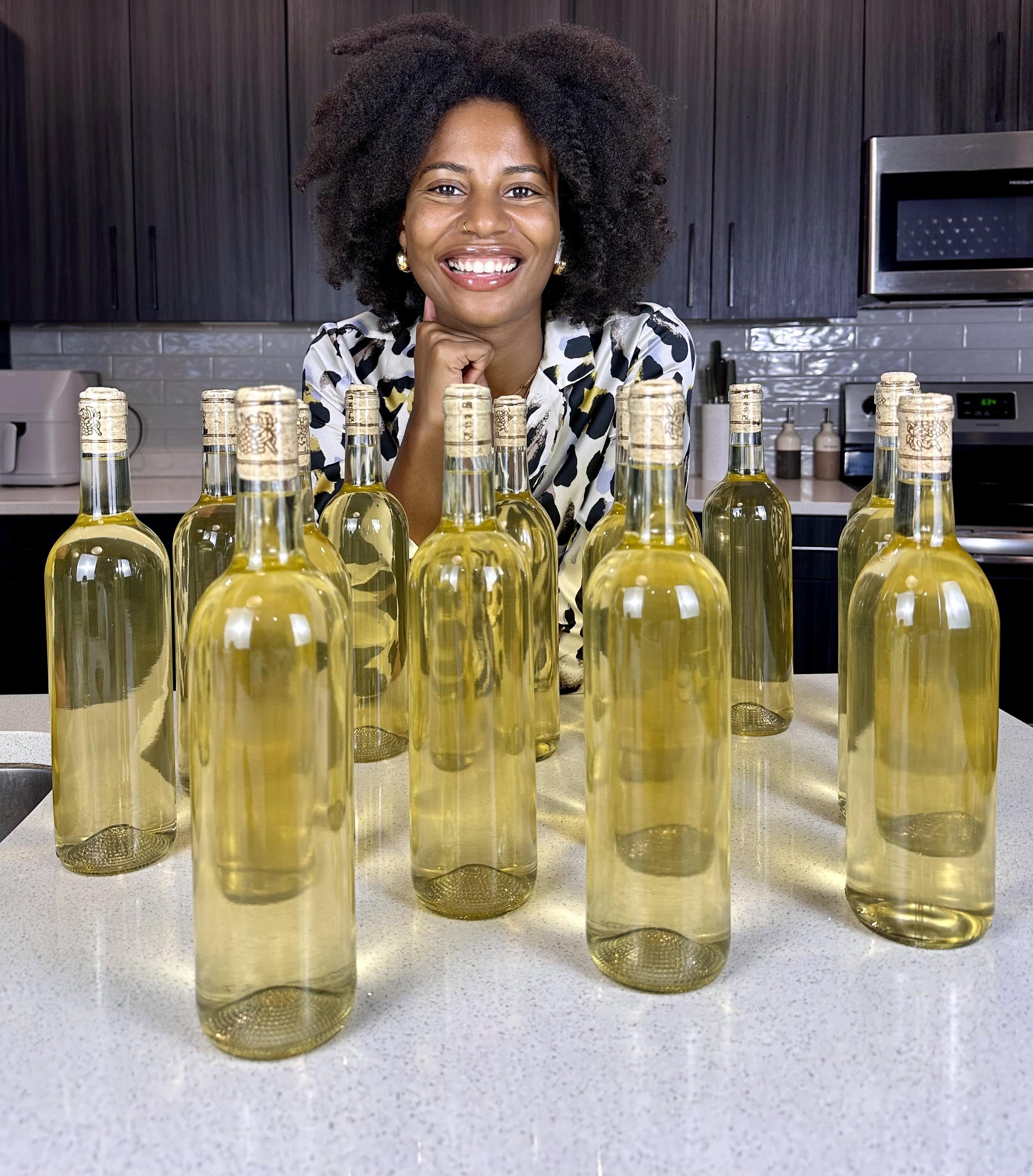
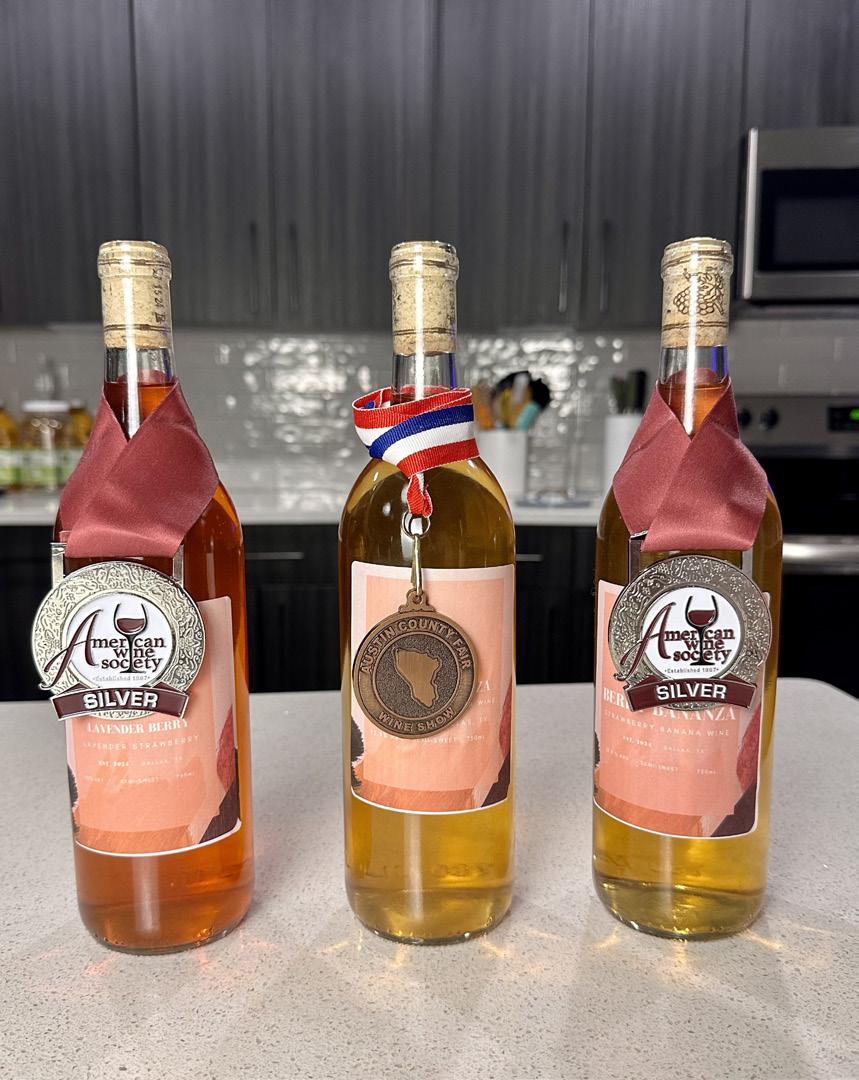
Photo caption: Do-it-yourself winemaker Dominique Williamson’s medal-winning wines are featured on display. In addition to a broad variety of fruits, Williamson uses herbs, spices and florals like mint, cinnamon and lavender to flavor her wines. Photo provided by Dominique Williamson
Credit, glamor and documentation surrounding creation, however, in many traditions, are often reserved for people in positions of power, so some of the reach of Black people making, appreciating and even popularizing wine over generations remains unknown and/ or underreported. Despite this, a renaissance of knowledge and interest has emerged surrounding Black Americans’ winemaking history in this country. Williamson’s is one of the new faces eager to push the boundaries of the industry.
“I really am passionate about teaching others, especially Black people how to make their own wine,” she said.
Williamson doesn’t just make wine. She spreads the winemaking gospel

to the public via her social media pages. On Instagram and TikTok, you can find her at @veganhippiesol, a call back to her first forays into social media influencing as a vegan recipe developer. There you can view videos of her pineapple mango, plum, strawberry kiwi and other wines. This fearless creator shows us that the limit is but one’s imagination.
“I just did it,” she said, reflecting on her can-do attitude. Williamson says that she and everyone in her family has “the Midas touch” or the ability to make everything they venture prosper. Being an amateur has never been a source of intimidation for her.
“I can do anything,” she said.
While Williamson has given much of her wine away to family and friends, one of her next steps is to secure a permit through the Texas
Alcoholic Beverage Commission (TABC) that will allow her to sell her products. This costs just north of $3,000. The shipping permit she’ll also need is $150. The purchases from the 300 people who have already expressed interest in buying her wines will likely cover the cost.
There’s a little science to know and a touch of math, but with some fruit, sugar, yeast, equipment, careful sanitization techniques, space and time, anyone can do this!
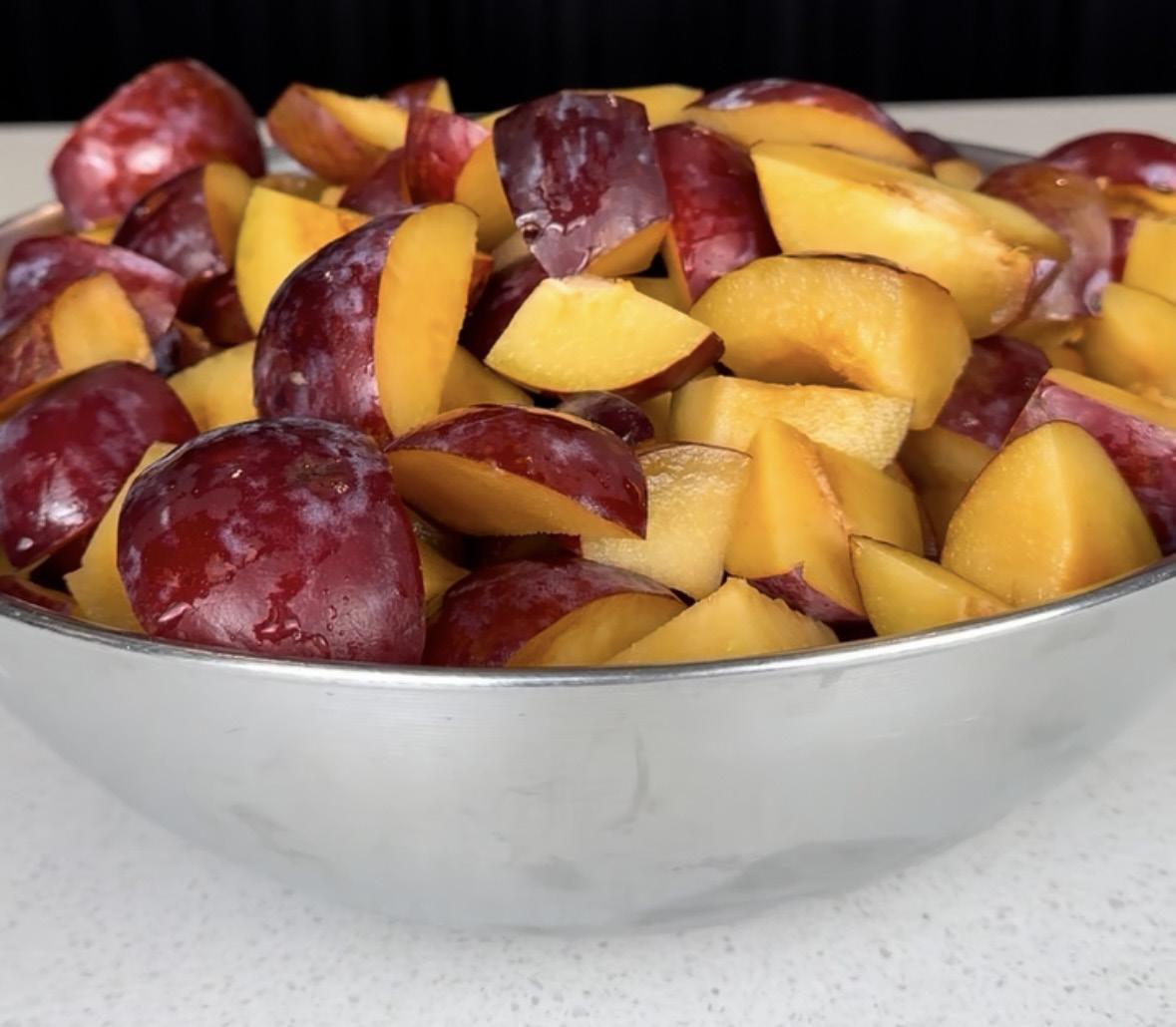

-4 Print full-page ad (full color)
-Online banner ads (see sizes on page 4) full color- these rotate online and can be switched out throughout the month
-4 printed magazine copies
-Total cost for the year $908.00
-4 Print half-page ad (full color)

-Online banner ads (see sizes on page 4) full color - these rotate online and can be switched out throughout the month
-4 printed magazine copies
-Total cost for the year $628.00
-4 Print 1/4 page ad (full color)
-Online banner ads (see sizes on page 4) full color- these rotate online and can be switched out throughout the month
-4 printed magazine copies
-Total cost for the year $508.00
-Sponsorship Section $5,000.00 (annual)
-Home page pop-up $1,000 00 (monthly)
-Video News Post (appears in line with articles) $150.00 (monthly)
-Social Media (FaceBook, Instagram, & Twitter) $75.00 (monthly)
-Newsletter/Email Campaign (1-3 weekly) $75.00 (monthly)
-YouTube Page $75.00 (monthly)
-Online Banners $150 00 (monthly)
2 Revisions


A
look at sustainability efforts you don’t want to miss
by Katrina L. Spencer
Welcome to the very first entry in our column, The Rundown!
As we exit the most consumptionforward season of the year, you may have a niggling thought that can’t be ignored: “I have way too much stuff!”
You’ve thrown out the wrapping

paper and stored your new, festive pajamas. The little ones’ toys have made all their noise. And Mr. Claus is done with his cause. The waste bin has been full to the brim the last three times you’ve taken it out!
If your home has been overrun with new items, some you’re not sure you need, you might
be interested in hearing about sustainability efforts being carried out far and wide.
Of course Goodwill is already on your radar. You make a donation annually. You’ve got a card registered at your local library and occasionally use its Kanopy streaming service. Pretty cool. And you recycle, too. Good.
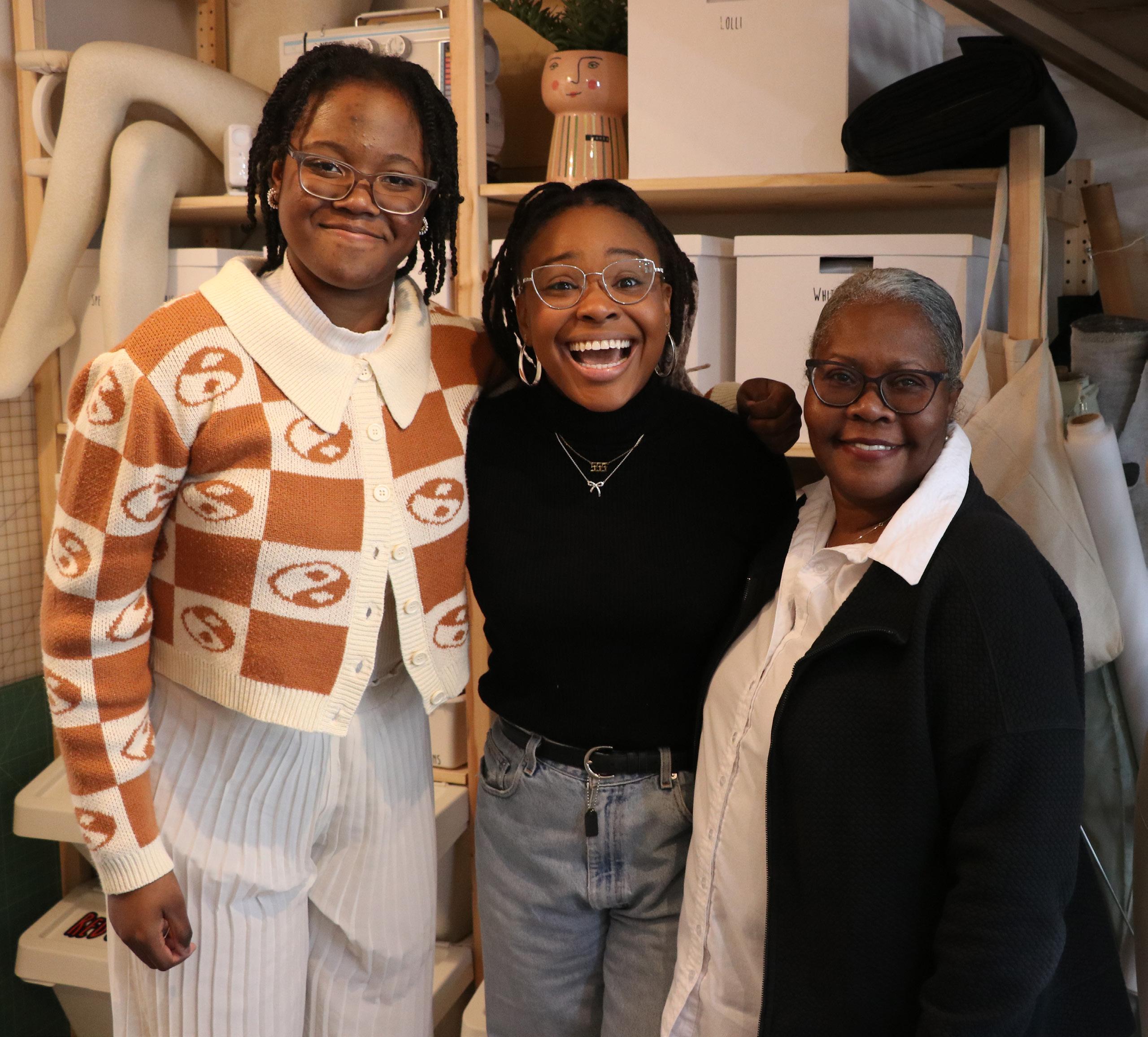
But is there more that can be done to make your home life feel more streamlined and targeted? As though you are consuming the products and they aren’t consuming you? Find new ways to expand your thinking about consumption below.
Entrepreneur Raeven K. has gone retro with her sustainabilityminded business. She has opened That’s Sew Austin, a sewing studio in Texas that allows sewists of all backgrounds and experience to make and repair garments and other fabricbased items for wear, leisure, decoration and other purposes. In the mid-20th century, sewing and textile arts would have been par for the course for many high
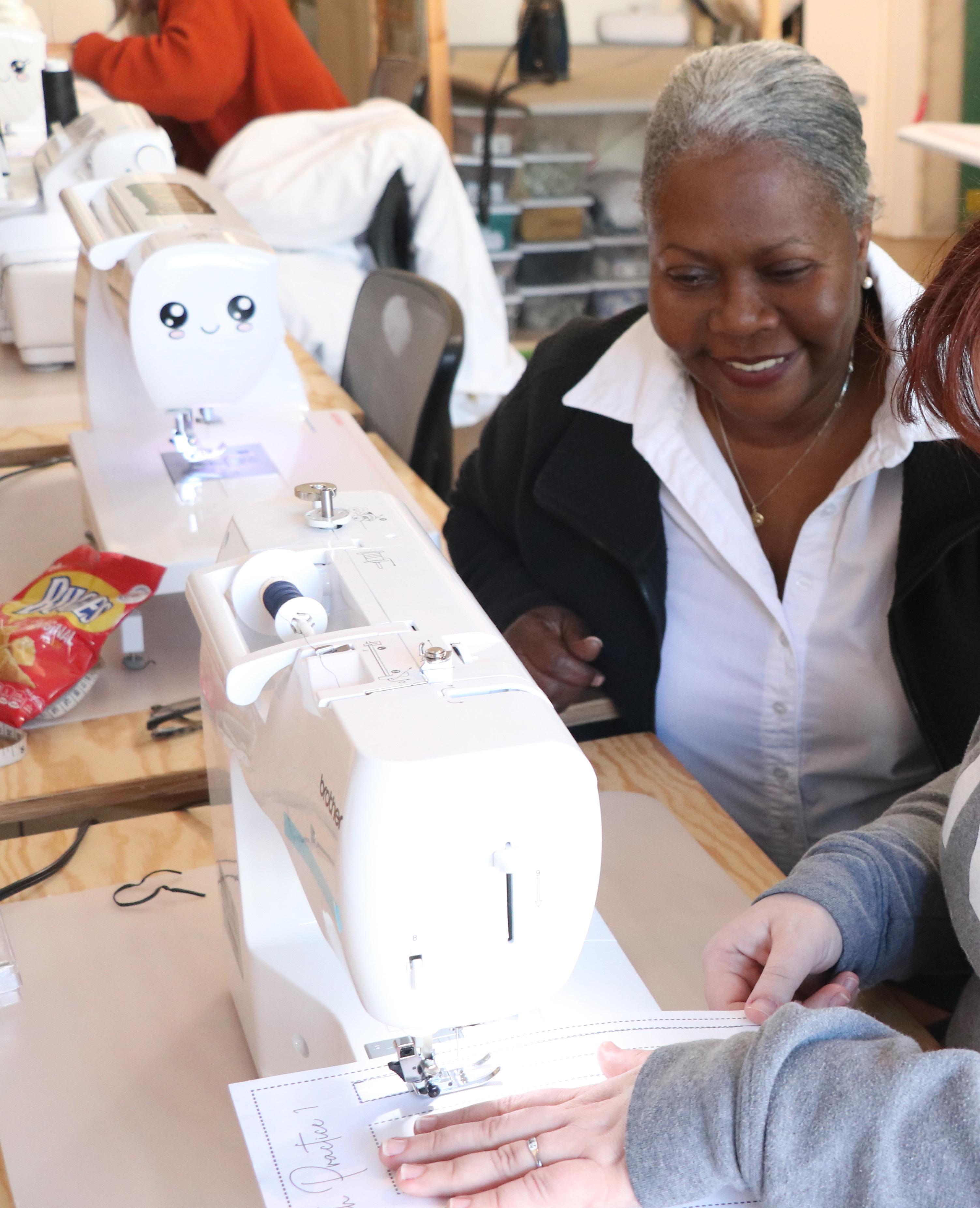

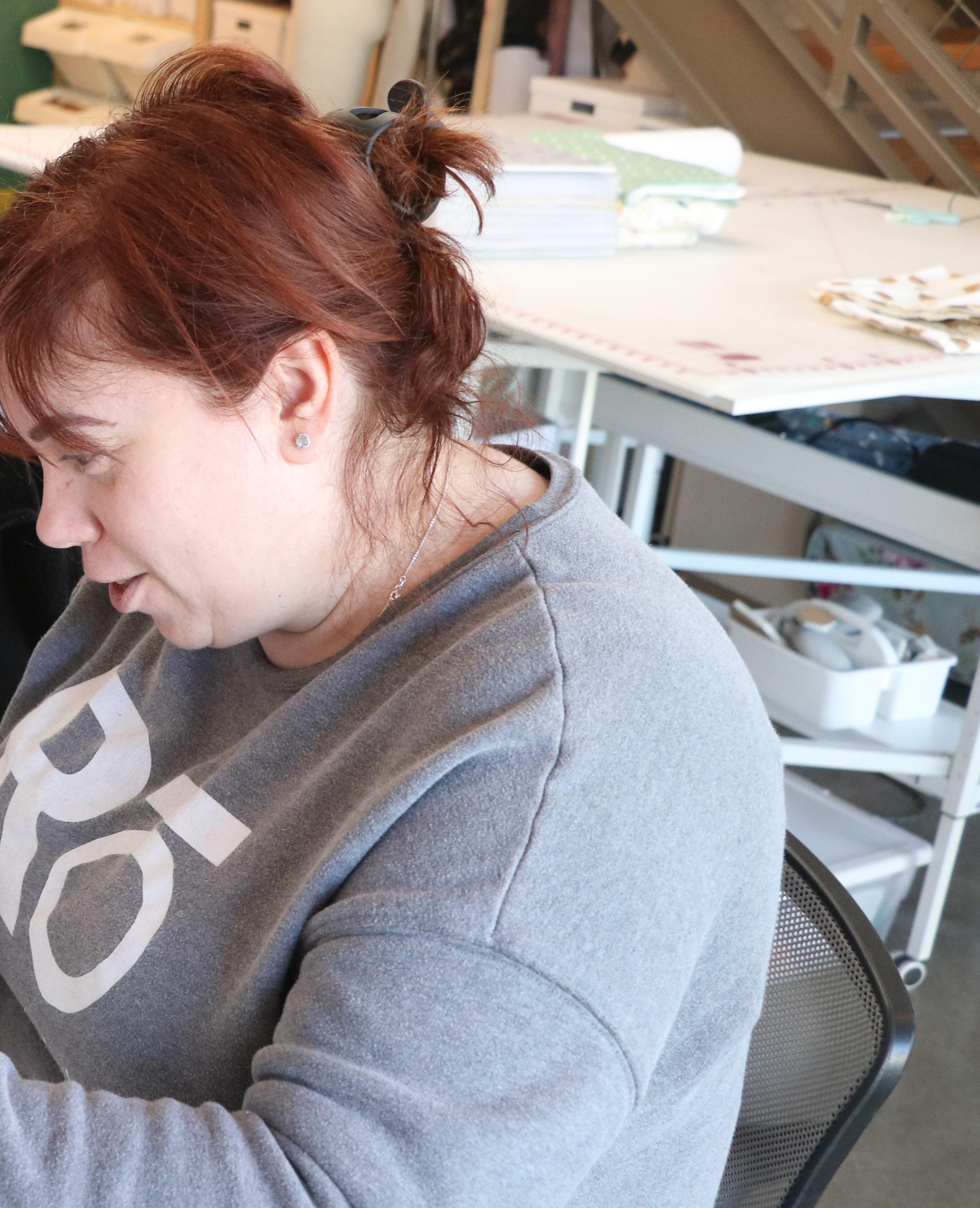
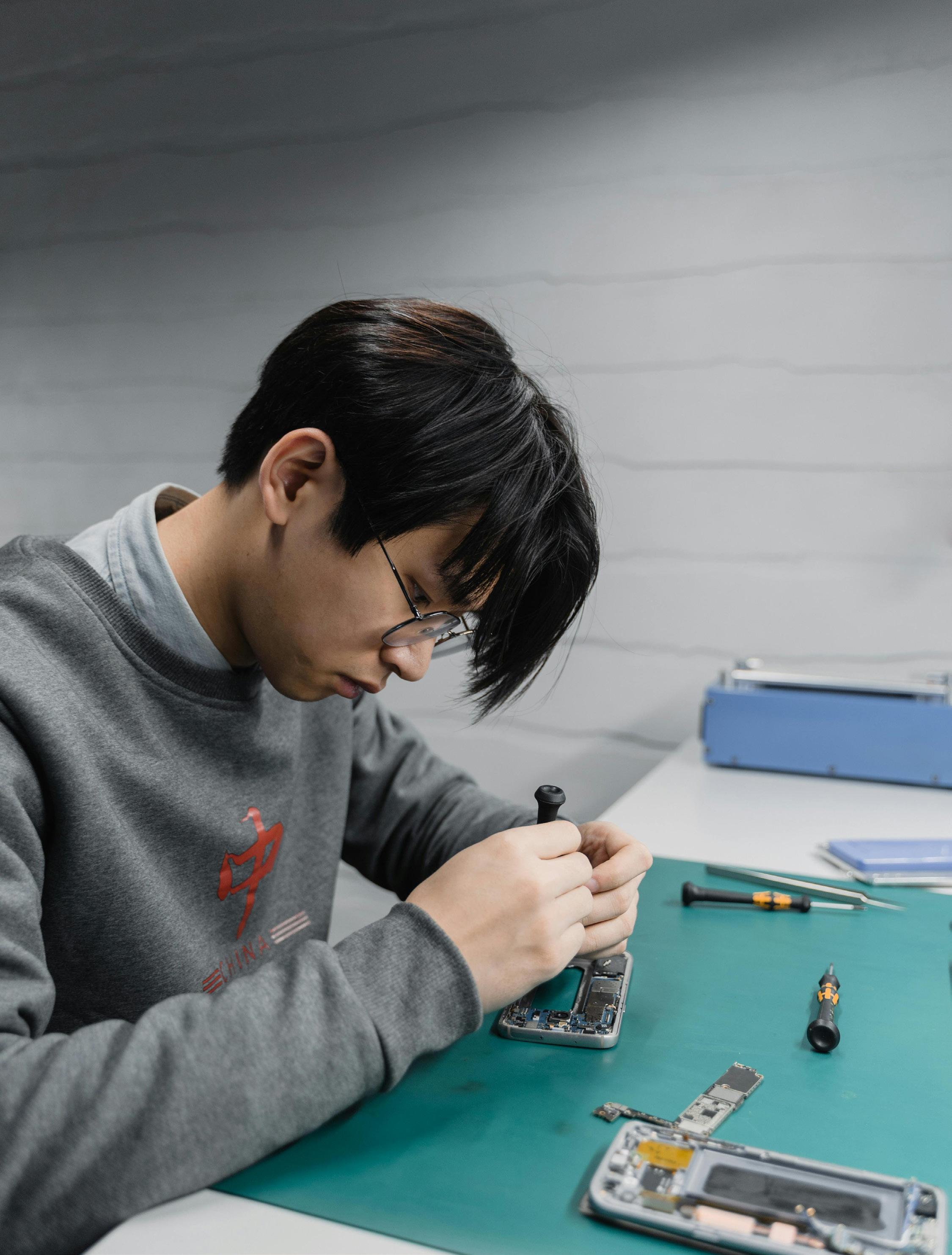

school students. Classes would have trained students to mend, darn and stitch, assuming these skills would be of immediate, regular and practical use in the domestic realm. However, in the contemporary age of fast fashion, quick fixes with a needle and thread are largely unheard of amongst the younger generations. Raeven K.’s That’s Sew Austin provides a communityoriented solution to the head-spinning pace of clothing turnover in creating a third space: a gathering point for people outside of work and home where they can share a mutual interest and productive hobby. Raeven K.’s membership model allows shop users multiple visits, contact with other like-minded people and lifelong access to a useful skill set.
When I first heard about Too Good To Go’s premise, the foodie in me rejoiced. It’s an app with a catalog of local stores and restaurants that sell their goods and meals at a significantly discounted price when in oversupply. The items sold, while in good condition, are otherwise destined for the trash. Imagine your favorite local pastry shop prepares five dozen donuts to sell and near closing time, they still have 12 units that customers haven’t scooped up. With the app, users can browse their preferred stores, restaurants and vendors, and see when food is available to pick up. Sometimes the items are clear or specific because of the nature of the site. For example, a restaurant where I live is called Bao’d Up and they sell, well, “bao,” steamed buns with both savory and sweet fillings. A vegan food truck sold me sea moss gel, a dietary supplement. An Ethiopian restaurant sold me a plate of tibs, a variety of cooked and spiced meats and vegetables, and injera, a spongy, porous and fermented flatbread. At other times, the description of what’s available may be more
vague, for example, “assorted pastries.” For people with a broad variety in their diet, a sense of adventure, insatiable curiosity and/or a tight budget, the smorgasbord of what could be might prove exciting.
repair program
I first saw mention of Germany’s “reparaturbonus” while reading Lenora Chu’s reporting in the Christian Science Monitor. It’s a small bit of money budgeted to reimburse people for repairing their household electronics. Over in Deutschland, following successful implementation in Austria, the government is testing out a program that incentivizes consumers to retain and maintain their purchases longer, thereby reducing waste. Imagine having a lamp or kettle suddenly stop working and instead of pitching it, routing it to a landfill and replacing it, you take it to a shop, pay a repair fee and seek reimbursement from the State. This way you get to have your cake lamp and eat light it, too! Today’s market is built around “planned obsolescence” -- a premature and defined timeline for products’ expiration and consumers’ anticipated repurchase. This initiative certainly throws a wrench in the works. What U.S. city do you think would be most likely to adopt a trial program like this? My vote is for Portland!
The entire discussion, we hope, is inspiring. It reminds me of the alternative world we may produce if we don’t start thinking long-term about our consumption habits. One imagined interpretation was seen in Pixar’s 2008 Wall-E in which the Earth falls victim to ecocide and becomes uninhabitable. What sustainability initiatives do you engage in that protect us and our environment from outcomes such as this?
by Katrina L. Spencer
“Champagne goes with everything,” sommelier Louise Olivares of Napa Valley, California, said on the first day of the year. She ordered a glass to accompany her beef tartare mingled with shitake mushrooms, to be followed by a pasta dish dressed with mussels. If there were only one wine she could drink for the rest of her life, this would be it.
She started working in the wine industry before the pandemic and gives ample credit to Northern California’s Napa Valley, a world destination for wine, for the rich education she has received surrounding the liquid gold.
In film and restaurants, the sommelier is the person who comes to the tables in fine dining establishments, uncorks often dark

glass bottles and serves measured pours from a collection of curated wines. Were we to use the English term and not the French, we might call Olivares a “wine steward.”
No matter the term, as a Filipina American, Olivares is an outlier in her field, which is dominated by white men.
Inasmuch as diversity in the field of wine, Olivares said, “It’s growing, and that’s always exciting.”
There are several ways to go about becoming a sommelier, Olivares said. She started by taking courses through the University of California at Berkeley continuing education extension program. Others may take up books and/or YouTube
videos for independent study.
Acquiring what is considered the highest credential with the widest recognition, however, is no cakewalk. The Court of Master Sommeliers is the body that awards those considered the most accomplished, granting “master sommeliers” a pin to wear on their lapel in professional settings and a considerable boost in earning potential. The process is so rigorous that only a few hundred people have made it through in the United States.
To become a master sommelier, one takes a test that consists of multiple parts: theory, service and blind testing. In the third of these, the testee examines six wines and must identify the grapes used to

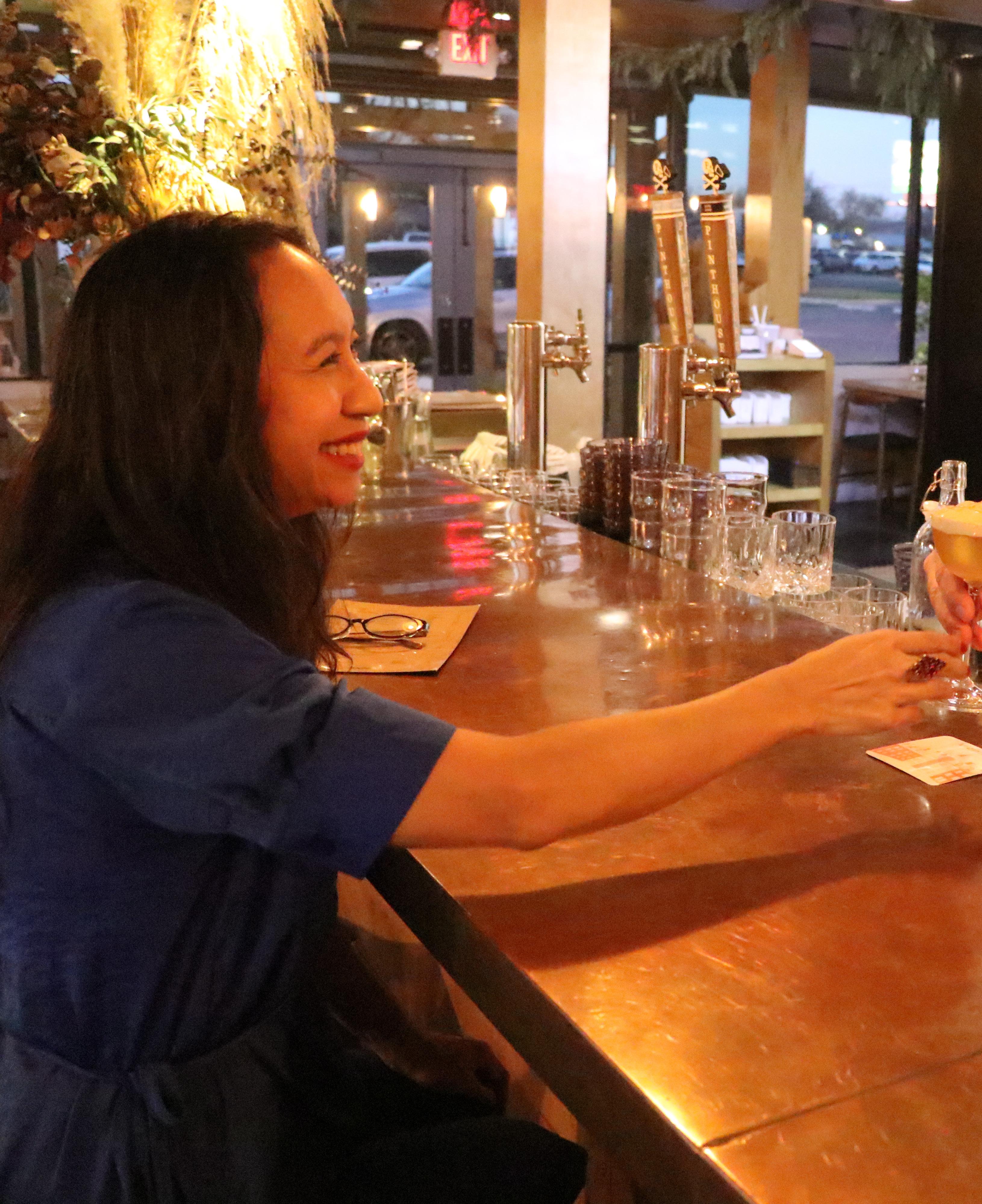

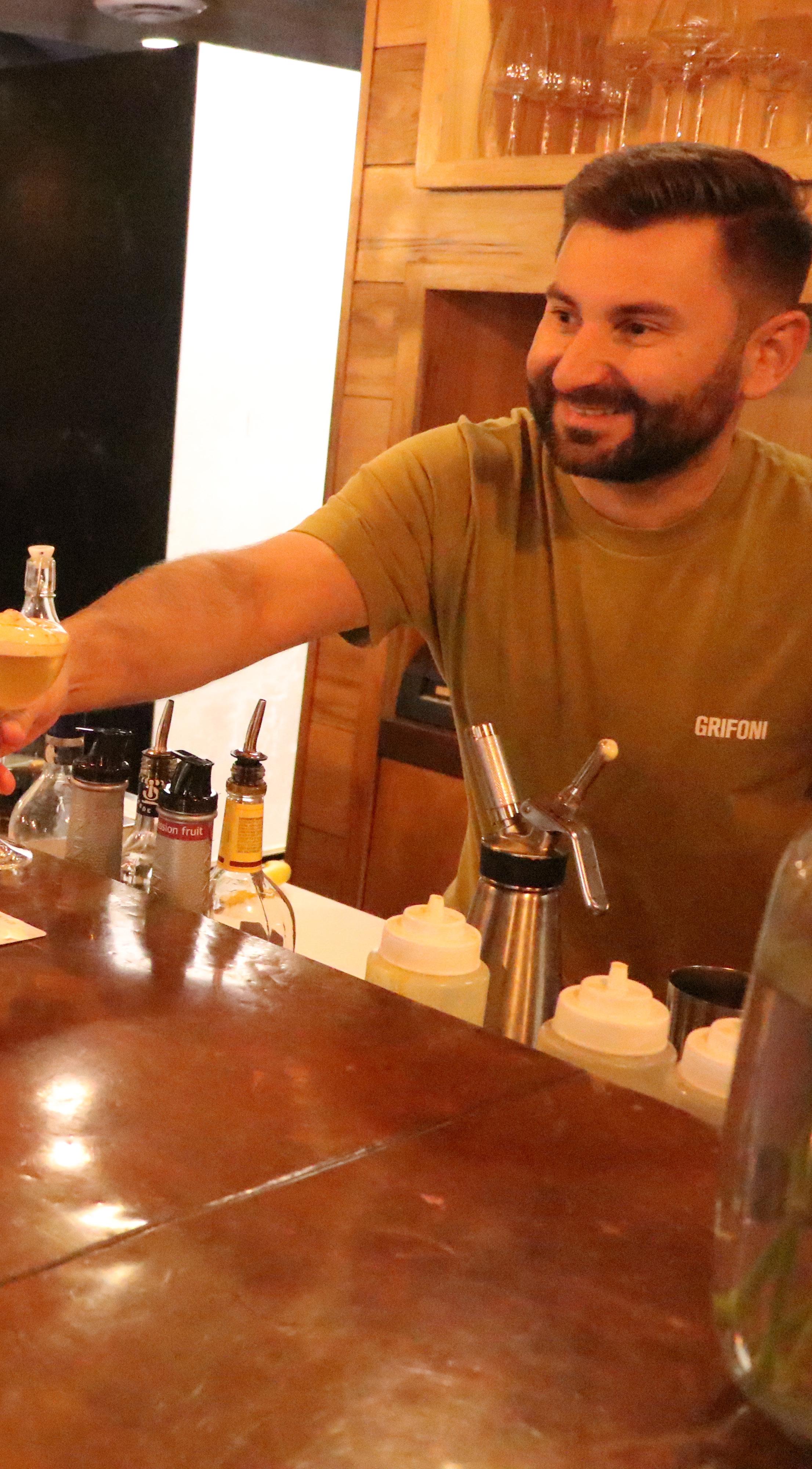
make them, the wines’ regions of origin and the years the wines were made in 25 minutes’ time. Those who eventually pass have often taken the test multiple times before reaching success.
Two master sommeliers who are people of color who have endured and conquered the grueling process include June Rodil, another Filipina American who is based in Texas and works as a leader and businesswoman in hospitality, and Chris Gaither, a Black man who works as the director of education at Brown Napa Valley, a Black-owned winery. But the Court of Master Sommeliers is not the only path to success. Former sommelier Raj Parr, an Indian American man, didn’t get this credentialing and has nonetheless become a winemaker and author of esteem and clout without it. And others like wine consultant and writer Julia Coney have
resources like the Black
In terms of Olivares’s path, she most recently worked in wine at a high-end resort called Solage in Calistoga, California, and managed a wine list of a few hundred bottles and the site’s by-the-glass program. Some of her background that has served her in her sommelier role has been her experience in sales, which has helped her to read what a customer wants.
In approaching a pair of diners, for example, she must determine their vibe: the energy and the goal that are driving their wine-seeking. Are they the traditional sort after something tried, true and safe? Are they adventurous, looking to be surprised and willing to experiment? Are they celebrating a milestone? What food dishes will they pair with their selection? Are there any clues available that indicate their budget? Matching the customer with the right wine for the moment is an analytical process and perhaps always a bit of a gamble. Olivares’s master’s degree in business administration likely gives her a leg up.
As with any industry, it’s not all sprawling green vineyards and luxury getaways.
“It’s a physical job and you have restaurant hours,” Olivares said.
A sommelier is often on their feet, making multiple trips to and from a cellar or storage space, carrying heavy bottles and monitoring drinkers’ reactions and levels of satisfaction. A sommelier’s evenings, weekends and perhaps holidays may not be their own. The sexual harassment of servers is a long-running theme, and wages for this rare group may not be as generous as one might expect.
“This industry is about pleasure,” Olivares said. “You don’t really get rich, going into the wine industry.”
The pandemic, too, hit the service industry hard, placing some sommeliers’ job security in jeopardy.
After all, if restaurants are shut down, who is calling on the sommeliers for expertise? Some parts of the field are still making a comeback. Eric Asimov’s reporting in the New York Times “The Twilight of the American Sommelier” revealed that this profession, too, must diversify skills and engagements to survive, especially the hard times.
As new trends develop, people and businesses adapt. There was a time that grape stomping à la Lucille Ball was the way to draw juice from the fruit, and the practice has since diminished. There was a time that screw caps for wine bottles instead of corks were unheard of. And there was a time that canning or boxing wine, methods for making consumption more convenient, was unthinkable. But everything evolves.
It’s a passion-filled business, Olivares said. She draws satisfaction from connecting with customers in this context and will continue to opt in.
“When you choose something,” she said, “you’re naturally happy.”




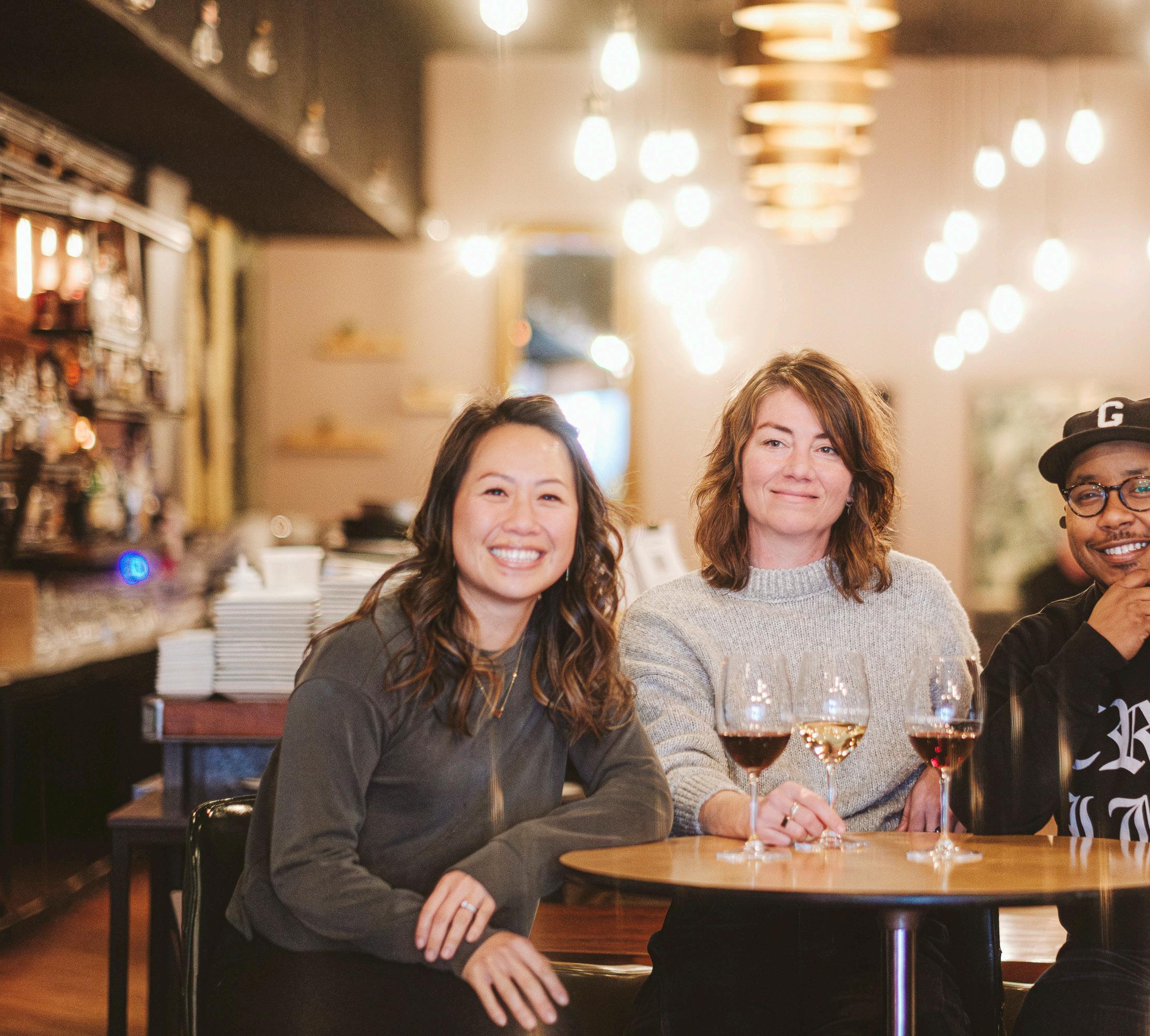


In the heart of Virginia’s picturesque wine country, Oenoverse has emerged as an organization dedicated to expanding opportunities in the Virginia wine industry. It is making significant strides in promoting access in the wine space. Founded by visionary leaders Reggie Leonards, II and Tracy Love, Oenoverse has quickly become a driving force in shaping the future of Virginia wine. “We wanted to create a space where everyone feels welcome and valued,” says Tracy Love, co-founder of Oenoverse. “Wine should be accessible to all, regardless of their background or experience.”

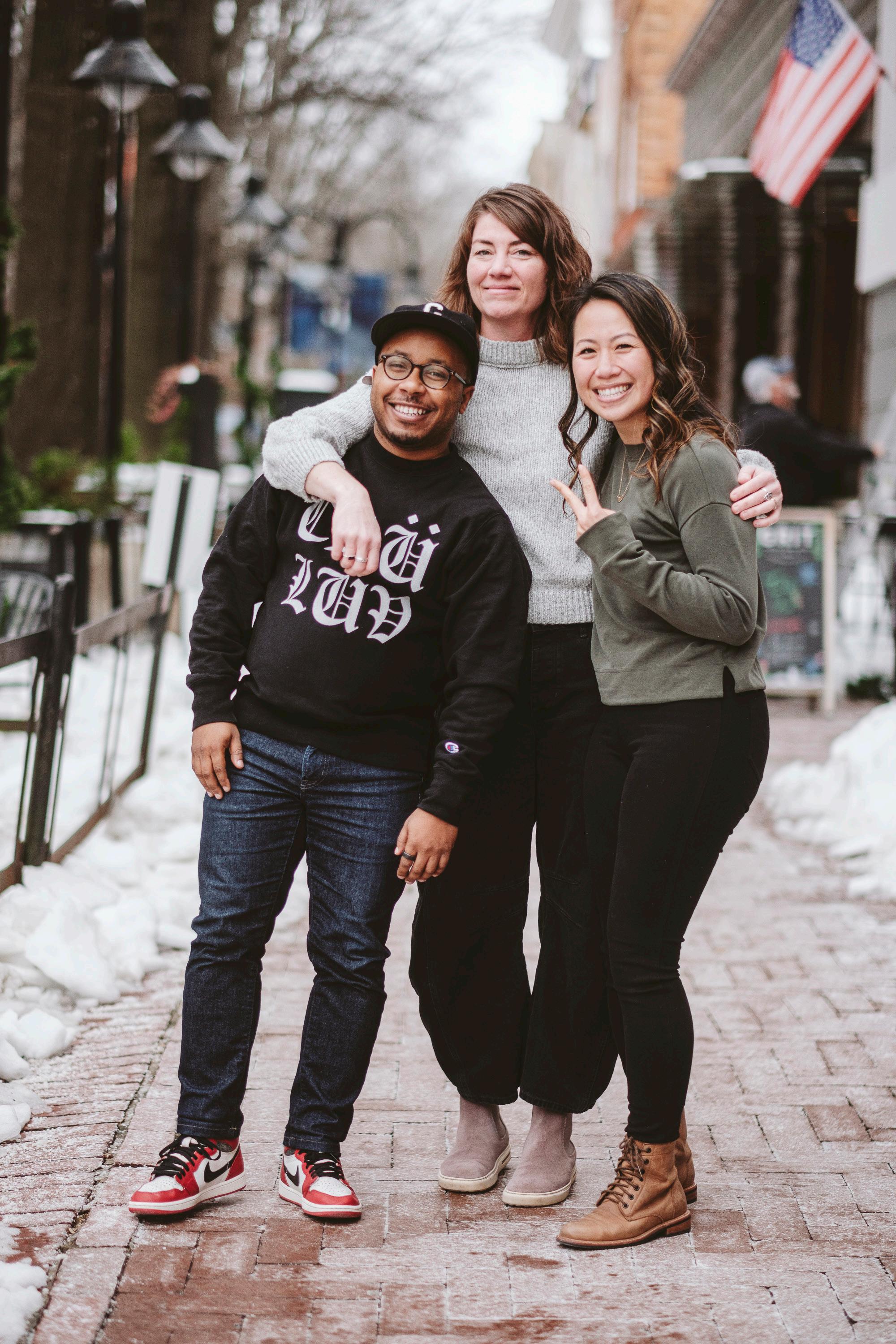
Oenoverse’s mission is to create a more inclusive and accessible wine industry by breaking down barriers and fostering community. Through a variety of initiatives, the organization aims to empower individuals from diverse backgrounds to explore and appreciate the world of wine. Oenoverse is committed to ensuring that the wine industry reflects the diversity of the community it serves. By providing opportunities for education and engagement, Oenoverse is opening doors for individuals who may have previously felt excluded from the wine world.
Reggie, who hails from Prince George’s County in Maryland, reflects a little about his entry into the world of wine in the Charlottesville area when he states, “I wasn’t really into wine.” When speaking of going to one of his first wine events. “I like people,” he stated further, “I went because it was free. I started picking it up.” Reggie leaned into the fact that he started picking up the lingo and culture of the wine industry by being at certain events. “People welcomed me, but I didn’t think it was for us because I didn’t see us.”
Oenoverse has launched several key initiatives to achieve its mission. The Oenoverse Club is an exclusive club offering curated wine experiences, fostering a sense of community among wine enthusiasts. Members of the club have access to unique wine tastings, vineyard tours, and educational seminars, all designed to deepen their appreciation and understanding of wine. Oeno Camp is another program, offering an immersive wine education experience. This program is designed to equip participants with the knowledge and skills needed to succeed in the industry, whether as winemakers, sommeliers, or informed consumers.
The 2upWine Down Festival is a celebration of inclusivity in wine. This annual event features tastings, live music, and educational seminars, all aimed at showcasing the rich tapestry of the wine world. The festival is a testament to Oenoverse’s


commitment to creating a welcoming and inclusive environment for all wine lovers.
The Power of Collaboration
Oenoverse has forged strong partnerships with organizations like The Veraison Project to amplify its impact. By collaborating with like-minded individuals and organizations, Oenoverse is able to reach a wider audience and create a more significant impact on the industry. “Collaboration is key to achieving our goals,” says Reggie. “By working together, we can create a more accessible wine industry.”
The Oenoverse is has a unique partnership with Blenheim Vineyards, just south of
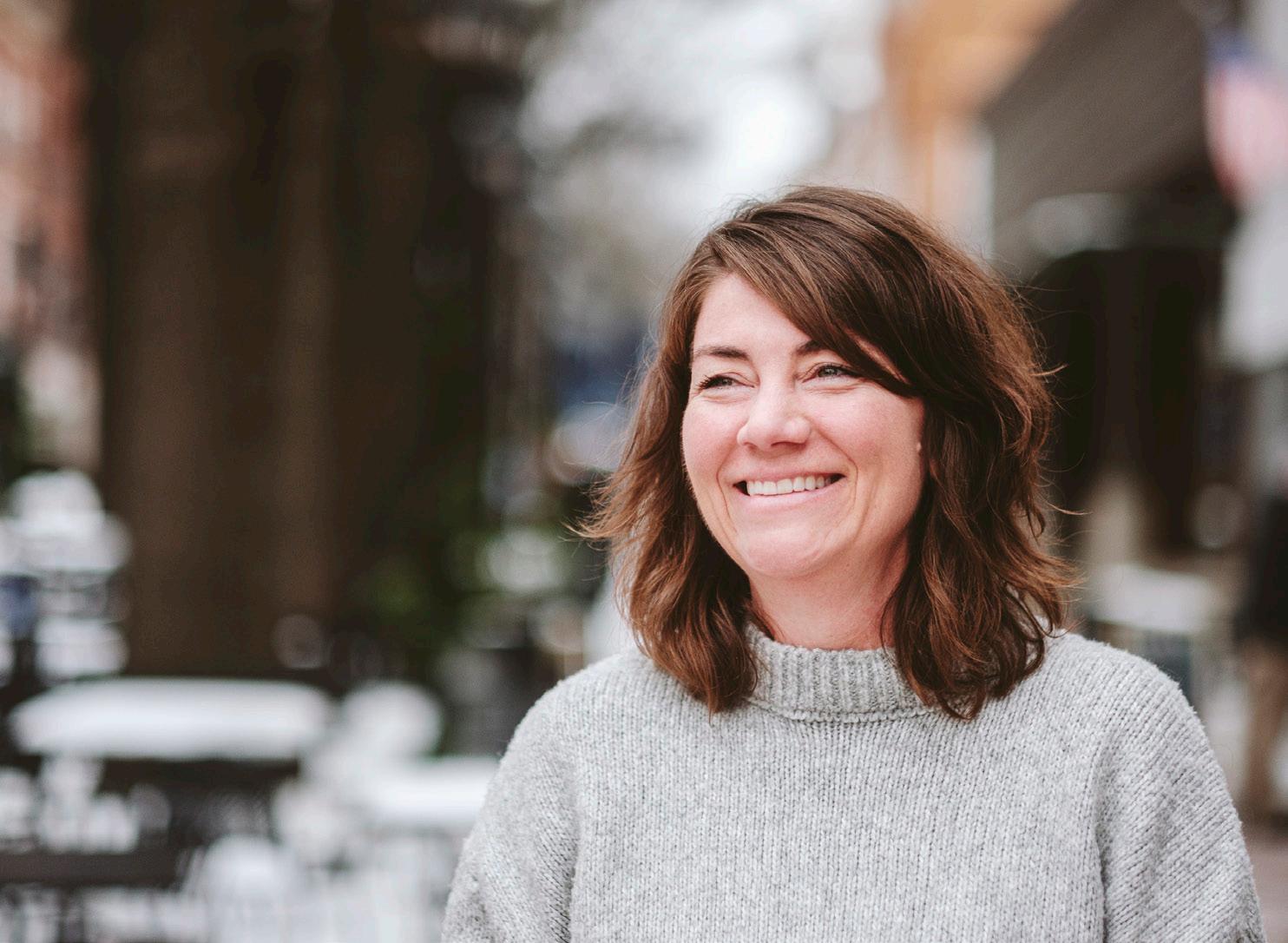
Charlottesville. This partnership was secured organically at a chance encounter between co-founders Tracey Love and Reggie at Petit MarieBet in Downtown Charlottesville. Tracey has worked in wine
and hospitality for years and has a key post as Marketing & Sales Manager at Blenheim. While at Petit MrieBet, Tracey remembers seeing Reggie and thinking, “Clearly that guy is cool —randomly cool.” Tracy then seized the moment to see what this cool was all about and found alignment in all things wine. That’s how Oenoverse all started, requiring only a randomly cool person at a French coffee house and someone curious enough to ask what this cool was all about.
Tracey in addition to her work and Blenheim, as her affect softened, she spoke of the joys of being a mom. Not only that, Tracey is a member of the Prolyfyck Run Crew, a group that runs through the historically Black neighborhood of Charlottesville and comes together for running
but is always at the forefront of community dialogues and issues with hopes to make Charlottesville a better place for all people.
Tiffany Nguyen’s is a testament to the power of community and the transformative nature of wine. Through her involvement with Oenoverse, she has not only grown as a wine enthusiast but also as a leader in the industry. Her story is just one example of how Oenoverse is making a difference in the lives of individuals and the broader wine community.
Tiffany is one of the curators for the 2Up Wine Down Festival and serves as one of the people that does the pours. Tiffany gets
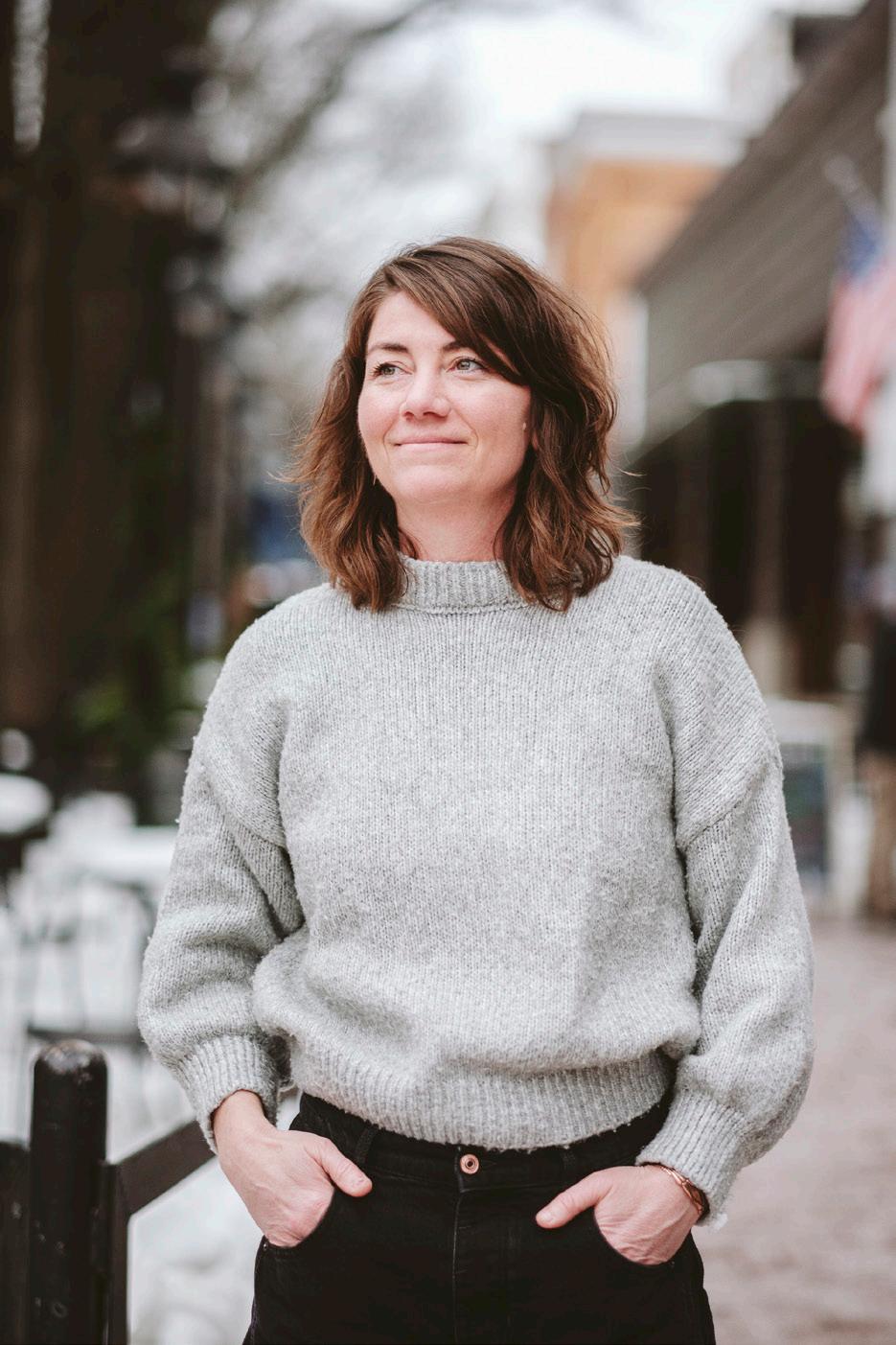
to share her experience and knowledge with others at these events and guide them through the process of experiencing new wines. Reggie says of Tiffany and the 15 other curators when they are pouring, “There are no misses with the wine selected by the people pouring.”
Not only is Tiffany a curator at the Festival, she is a business owner and entrepreneur in her own right. Tiffany and a business partner recently opened Ethos, a wine and tea bar on Main Street, just off the Drewary Brown bridge and across from the train station. Tiffany says of herself, “I am a gatherer.” She came down from Long Island to Charlottesville in 2008 and early on was looking for belonging and saw that there was room to grow more diverse spaces in the community. She
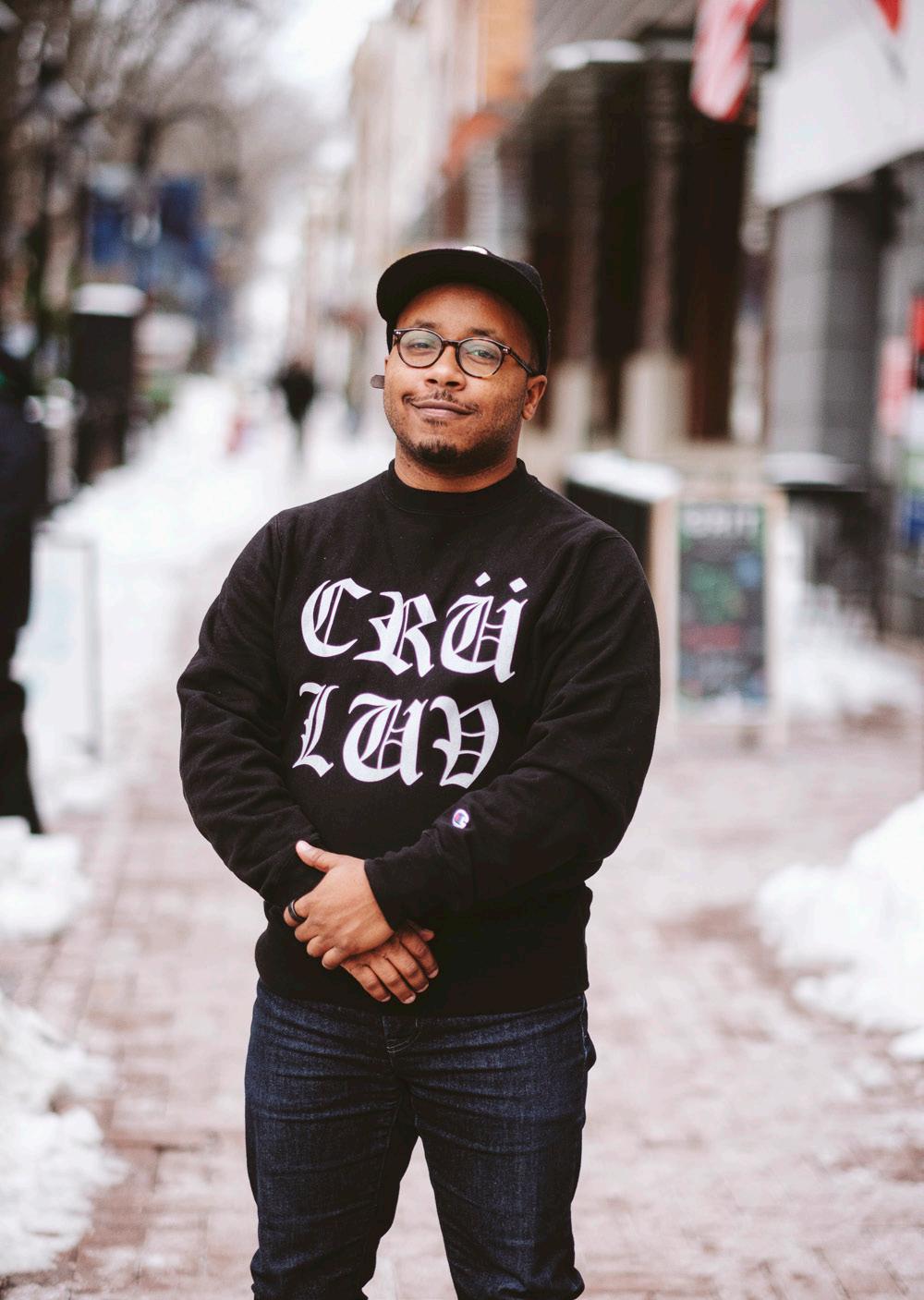



asked the question of some spaces, “Why does it look that way, and what is possible for people like me?”
When Tiffany is not pouring and gathering and running her business, with passion she stated, “I am a mom, a wife, and a church leader.” She comes across as one who is grounded in community and brings that authenticity from her personal life into the wine community in Charlottesville.
Oenoverse is not just about wine; it’s about people. The organization is committed to
fostering a sense of community and belonging, where everyone feels welcome and valued. By creating a space where people can connect, learn, and grow, Oenoverse is making a significant impact on the Virginia wine industry. As Oenoverse continues to expand its reach, it is poised to become a leading force in shaping the future of wine. By embracing diversity, celebrating individuality, and promoting inclusivity, Oenoverse is inspiring a new generation of wine lovers.
Oenoverse invites everyone to join the movement and help

shape the future of Virginia wine. Whether you’re a seasoned wine connoisseur or a curious newcomer, there’s a place for you in the Oenoverse community. By supporting Oenoverse’s initiatives, you can help create a more inclusive and equitable wine industry for generations to come. The organization encourages individuals to get involved by attending events, joining the Oenoverse Club, or participating in educational programs.



Whether





